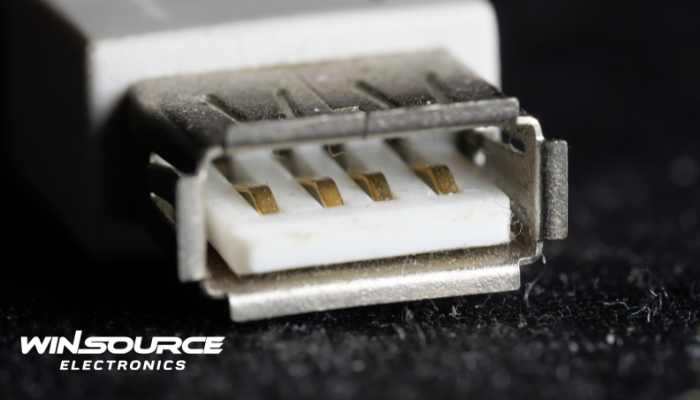
* Question
What are the physical components of the USB interface?
* Answer
The USB interface is made up of several physical components that enable both data transfer and power delivery:
Connectors and Ports – These include the plugs (Type-A, Type-B, Micro, Mini, Type-C) and the corresponding receptacles on devices.
Cables – Typically containing VBUS (power), GND, differential data lines (D+ and D−), and additional pairs for SuperSpeed signaling in USB 3.x and USB-C. Shielding and twisted pairs ensure signal integrity.
Transceivers and Controllers – The PHY layer handles electrical signaling, while the controller manages the USB protocol, packet framing, and device enumeration.
Hubs and Repeaters – Used to expand ports and maintain signal quality, especially for high-speed or long-distance connections.
Power Delivery Components – These include voltage regulators, USB-PD controllers, protection circuits, and power switches that manage negotiated power levels and ensure safe operation.
In summary, the USB interface physically consists of the connectors, cables, signaling circuits, hubs, and power management hardware that together provide a standardized means of connecting, powering, and communicating between electronic devices.

COMMENTS